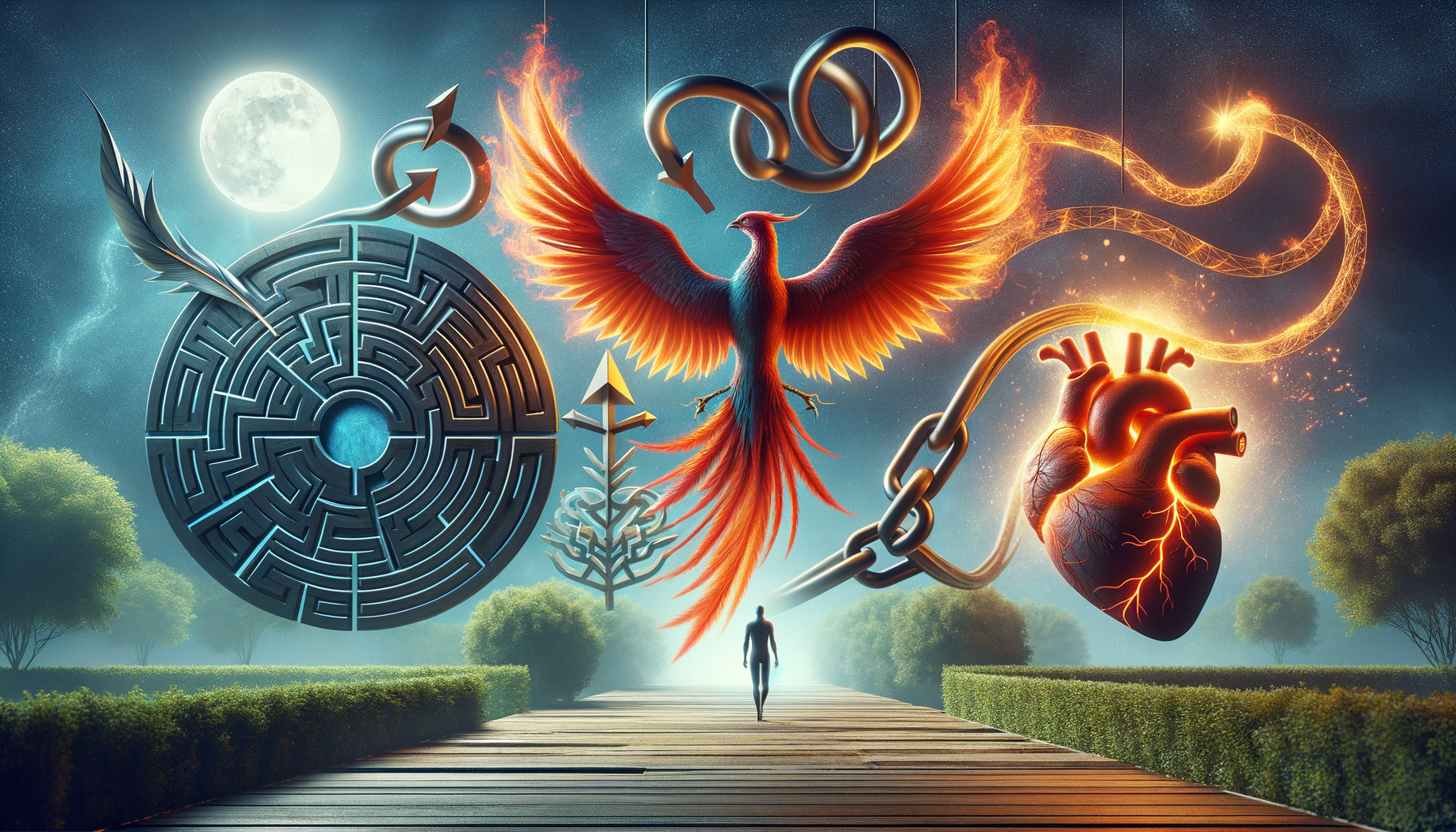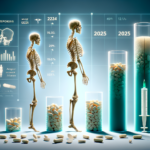Introduction to Stroke Therapy
Stroke therapy is a critical aspect of recovery for individuals who have experienced a stroke. The aftermath of a stroke can leave individuals with a range of physical and cognitive challenges that require comprehensive rehabilitation strategies. Understanding the importance and relevance of effective stroke therapy can significantly enhance recovery outcomes and improve quality of life for stroke survivors.
Stroke therapy encompasses a variety of treatments and interventions aimed at promoting recovery and minimizing long-term disabilities. This article explores the different pathways to recovery through effective stroke therapy, highlighting the importance of tailored rehabilitation programs. By delving into various aspects of stroke therapy, we aim to provide valuable insights into how these therapies contribute to the overall well-being of stroke survivors.
The Role of Physical Therapy in Stroke Recovery
Physical therapy plays a pivotal role in stroke recovery by helping individuals regain mobility and strength. After a stroke, many patients experience muscle weakness or paralysis on one side of their body, which can severely impact their ability to perform daily activities. Physical therapists work with stroke survivors to develop personalized exercise programs that focus on improving balance, coordination, and strength.
Through targeted exercises and activities, physical therapy can help rewire the brain, a process known as neuroplasticity. This is crucial for restoring function and encouraging the brain to form new neural connections. Physical therapists employ various techniques, such as gait training, balance exercises, and strength training, to assist patients in regaining as much independence as possible.
Moreover, physical therapy is not only about physical rehabilitation but also about boosting confidence and motivation. By setting achievable goals and celebrating small victories, therapists help patients stay engaged and committed to their recovery journey. This holistic approach ensures that physical therapy remains an integral part of effective stroke therapy.
Speech and Language Therapy: Rebuilding Communication Skills
For many stroke survivors, speech and language therapy is essential in addressing communication difficulties that arise after a stroke. Aphasia, a common condition resulting from stroke, affects a person’s ability to express and understand language. Speech-language pathologists work with patients to improve their speech, language, and cognitive-communication skills.
Therapists use a variety of techniques to help patients regain their ability to communicate effectively. This may include exercises to strengthen the muscles used in speech, as well as activities that enhance language comprehension and expression. Additionally, speech therapy often involves teaching alternative communication methods, such as gestures or communication devices, to support individuals who have significant language impairments.
By focusing on individualized therapy plans, speech and language therapy can significantly improve a stroke survivor’s ability to engage with others, thereby enhancing their social interactions and overall quality of life. This aspect of stroke therapy not only addresses the technical aspects of communication but also fosters emotional well-being by reducing feelings of isolation and frustration.
Occupational Therapy: Enhancing Daily Living Skills
Occupational therapy is another crucial component of effective stroke therapy, focusing on helping individuals regain the skills necessary for daily living and work activities. Occupational therapists assess the specific challenges faced by stroke survivors and develop personalized interventions to improve their ability to perform everyday tasks.
The therapy often involves exercises to enhance fine motor skills, improve hand-eye coordination, and increase upper body strength. Occupational therapists also provide adaptive techniques and tools to help individuals compensate for any persistent limitations. For example, they might introduce modified utensils for eating or suggest home modifications to make the environment more accessible.
Beyond physical rehabilitation, occupational therapy addresses cognitive and emotional aspects of recovery. Therapists work with patients to improve problem-solving skills, memory, and attention, which are often affected by a stroke. By taking a comprehensive approach, occupational therapy empowers stroke survivors to lead more independent and fulfilling lives.
Psychological Support: Addressing Emotional and Mental Health
Emotional and mental health support is a vital yet sometimes overlooked aspect of stroke therapy. Experiencing a stroke can be a traumatic event, leading to feelings of anxiety, depression, and frustration. Psychological support aims to address these emotional challenges, helping individuals cope with the changes in their lives.
Therapists and counselors offer various forms of psychological support, including individual therapy, group therapy, and family counseling. These sessions provide a safe space for individuals to express their feelings and concerns, fostering a sense of understanding and acceptance. Cognitive-behavioral therapy (CBT) is often used to help patients develop coping strategies and positive thinking patterns.
Furthermore, support groups for stroke survivors and their families play a crucial role in the recovery journey. These groups offer a sense of community and shared experience, reducing feelings of isolation and providing practical advice and encouragement. By addressing the emotional and mental health aspects of recovery, psychological support ensures a holistic approach to stroke therapy.
Conclusion: The Path to Recovery
Exploring effective stroke therapy reveals the multifaceted approach necessary for successful recovery. Each therapy, whether physical, speech, occupational, or psychological, plays a unique role in addressing the diverse challenges faced by stroke survivors. By integrating these therapies into a comprehensive rehabilitation plan, individuals can maximize their recovery potential and improve their quality of life.
The journey to recovery is often long and requires patience, dedication, and support. However, with the right therapeutic interventions and a committed healthcare team, stroke survivors can achieve significant improvements in their physical, cognitive, and emotional well-being. As research and advancements in stroke therapy continue to evolve, the future holds promise for even more effective and personalized rehabilitation strategies.








